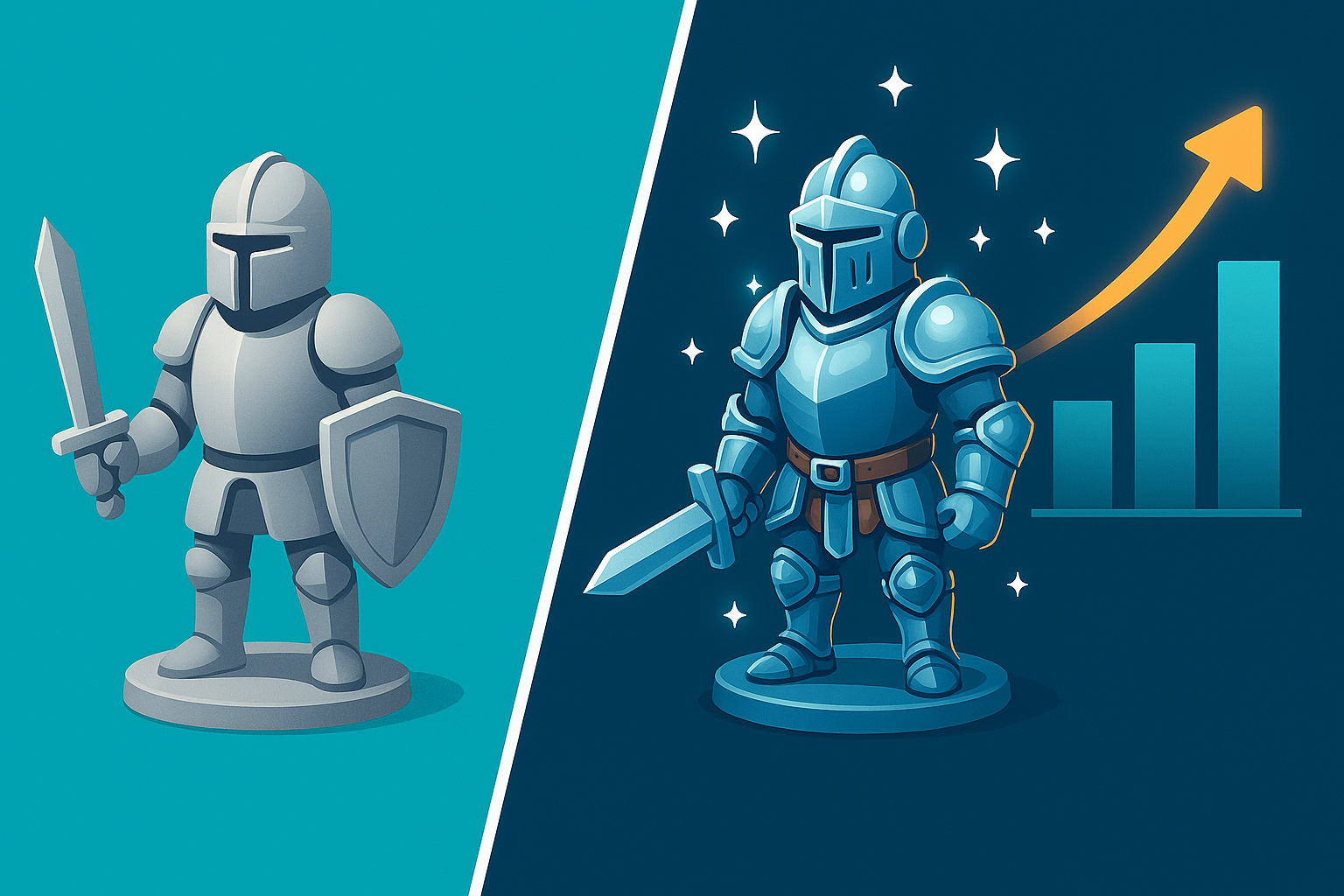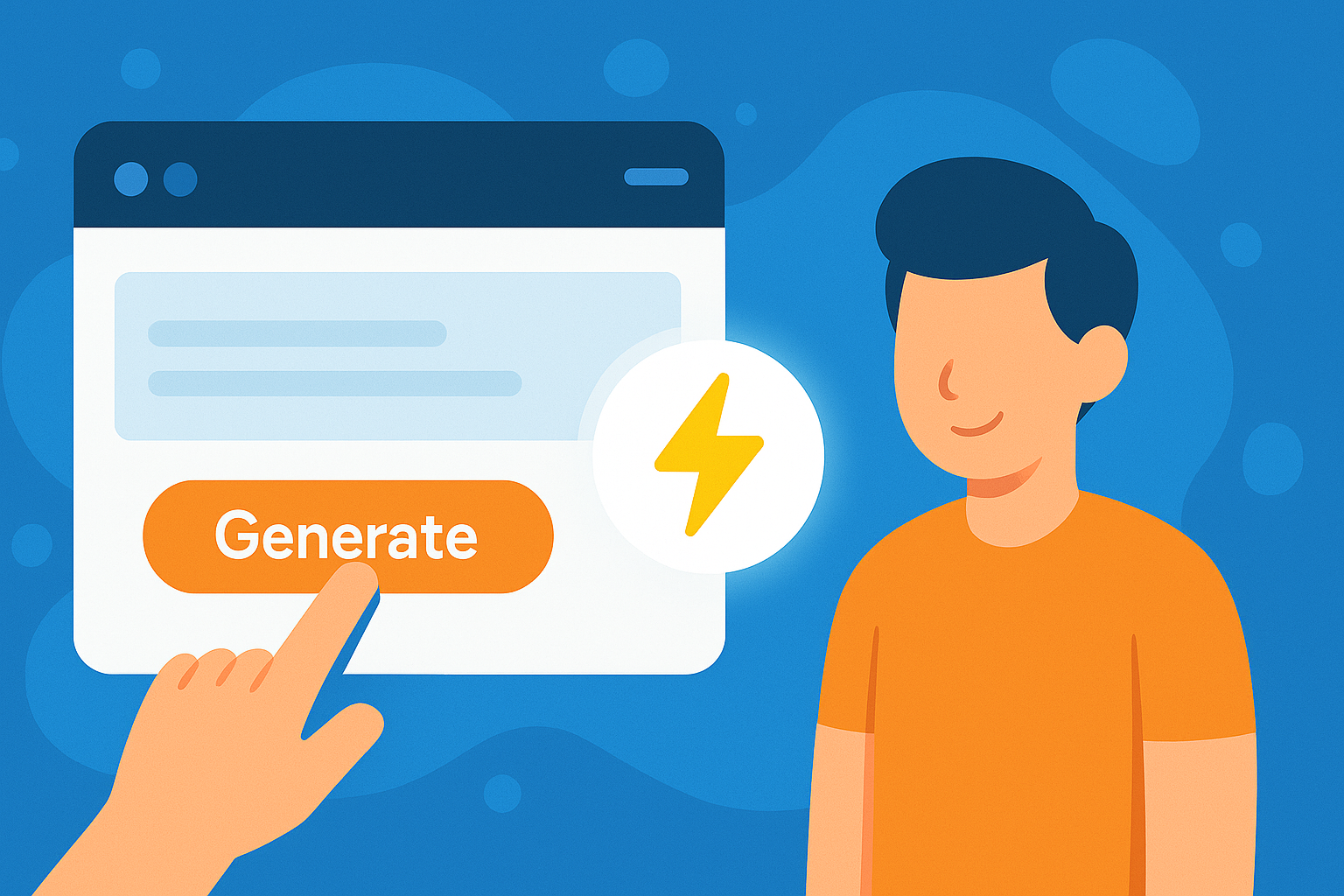
3 Methods to Double Your Fast3D Model Quality
Fast3D model quality enhancement tips from preprocessing to parameter optimization
After using Fast3D for a few days, I noticed there's quite a difference in model quality between users. Some people create highly detailed models, while others end up with rough results. This isn't about luck - there are actual techniques involved.
Today I'm sharing three methods I regularly use that can significantly improve your Fast3D model quality.
Method 1: Image Preprocessing is Crucial
Many people just throw their phone photos directly into the generator and start creating. That's definitely not going to give you good results.
Clean backgrounds matter a lot. I usually use portrait mode on my phone or simple background removal software to clean up the background first, making the subject stand out more. Fast3D recognizes images with clean backgrounds much better.
Lighting is also important. Side lighting or ring lighting works best - avoid harsh shadows. I've tested the same photo with different lighting conditions, and the difference is really significant.
Don't go too low on resolution, but don't go overboard either. I've found that around 1024x1024 pixels works best - it preserves details while keeping generation speed reasonable.
Method 2: Parameter Settings Matter
Mesh density adjustment is key. Beginners often max out the density, thinking higher is always better. Actually, that's not the case.
For simple objects like cups or spheres, medium density is sufficient. Complex characters or objects with lots of detail need higher density. Too high density can actually introduce noise.
The texture toggle should also match your needs. If you just want to preview the basic shape, you can turn off texture for faster generation. Once you're satisfied with the shape, turn on texture and regenerate.
However, the texture quality for logged-in users is definitely much better than guest users. Those 60 daily credits are really worth it.
Method 3: The Right Way to Use Multi-Image Upload
Fast3D supports multi-image upload, but many people don't know how to use this feature effectively.
Angles should complement each other. Don't upload similar-angle photos - go for combinations like front, side, and back views. I typically use 3-4 images with roughly 90-degree angle differences.
Keep image quality consistent. Don't mix high-res with blurry photos - the AI will get confused. It's best to shoot with the same device under the same lighting conditions.
Order matters too. I usually put the clearest, best-angle photo first, so the AI uses it as the primary reference.
Oh, almost forgot to mention a little trick. If the generated model has issues with specific parts, you can take close-up shots of those areas and regenerate. For example, if facial details aren't good enough, add a facial close-up.
Using these three methods, my model success rate went from 60% to over 90%. Although it takes a few extra minutes of preparation each time, the final results are definitely worth it.
Fast3D's basic functionality is already quite powerful, and with these little tricks, regular users can achieve near-professional quality models.
Author
Categories
More Posts

Can't Do 3D Modeling? Fast3D Turns Complex Workflows Into Simple Text
No 3D modeling experience? No problem! Fast3D transforms complex 3D software learning into simple 10-second text input, with no downloads required and upcoming one-click 3D printing features.

🔥Fast3D Gave Me a Custom Figure in 10 Seconds! This AI Tool is Incredible
Create custom figures effortlessly with Fast3D, generate 3D models in 10 seconds, complete tutorial from design to 3D printing for unique collectibles

Fast3D's Text/Image-to-3D Revolution! New Monetization Strategies for Creators
Fast3D supports both text-to-3D and image-to-3D modes, generating commercial-grade 3D models in 10 seconds to help content creators achieve breakthrough monetization
Newsletter
Join the community
Subscribe to our newsletter for the latest news and updates